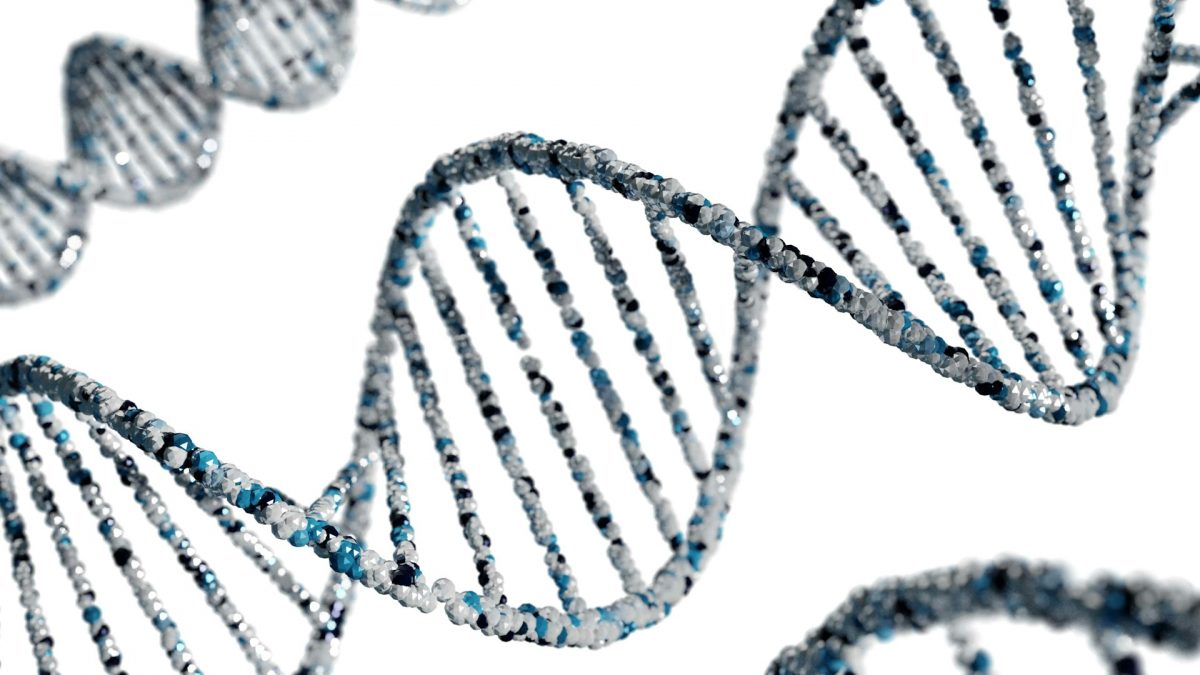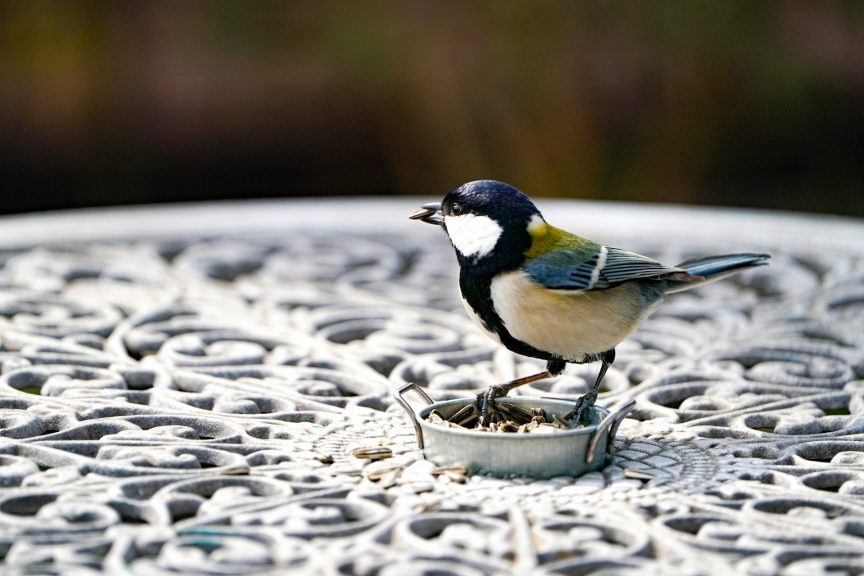
(*Linked or embedded content may have been removed or be unavailable.)
Yes, the title of this blog post does sound like a tagline for a language service provider, but in this case, it’s not. Literally, researchers have isolated what seems to be a gene mutation found only in humans which may be the key to the emergence of spoken language among our species, Homo sapiens sapiens. This possibly answers the question, why are only humans able to use language to such a sophisticated degree that other species just can’t? But at the end of this journey we come up against another question: Are we really that special?
Letting the gene out of the bottle
The DNA of modern Homo sapiens sapiens and our extinct cousins the Neanderthals (Homo sapiens neanderthalensis) is remarkably similar as we share a walloping 99.7% of our DNA. This means that only about 0.3% of our genetic code differs from that of Neanderthals, and in fact, our subspecies are so similar that interbreeding was possible some 40,000 years ago before the Neanderthal line died out. So what’s remarkable here isn’t in how we’re similar, but in how we’re different. And the NOVA1 gene is one of those few differences between modern humans and Neanderthals. While Neanderthal DNA carried the original version of NOVA1, which is identical across most mammals, and even birds, modern human DNA carries a mutated version of NOVA1 that is unique to humanity.
So, what is NOVA1 and what does it do? The NOVA1 gene is a sequence of DNA that provides instructions for building the Nova-1 protein which binds to RNA and regulates the splicing of RNA molecules. The gene is located on chromosome 14 in humans, where ours differs from other animals (including our hominid ancestors) at position 197 in the protein chain, with a single change of the amino acid isoleucine to valine. For over a decade, scientists have suspected this gene as having an impact on human language development, but of course, a good theory is only that – a theory. Proving it would be a whole new challenge. It’s not like we have any Neanderthals in the freezer that can be thawed out and resurrected for examination.
What labs do have, however, are mice. So what the researchers at The Rockefeller University did was to replace the common NOVA1 gene protein found in mice with the human variant I197V. What they discovered was that although this human NOVA1 introduced into mice had no impact on RNA binding related to neural development or motor control, it did affect the coding of RNAs related to vocalization. Continued observation showed that these mice grew up making a wider variety of chirping sounds including some unique ones that essentially allowed them to “talk differently” and perhaps “more fluently” compared to normal mice. As the leader of this research stated, “One can imagine how such changes in vocalization could have a profound impact on evolution.”
Of course, it would take a major leap of the imagination to take this scientific discovery and extrapolate a tragic future where humans are hunted by English-speaking primates, but perhaps I am not alone in feeling some degree of unease. Getting back to reality, however, we probably can safely assume that the “language gene” NOVA1 did play a role in enabling humans to communicate verbally through complex speech, and by extension, written language that was devised to etch such words in a form that would survive beyond the lifetime of the speaker.
The birds and the bees
Humans may indeed be considered special in terms of language as per its narrow definition, “a body of words and the systems for their use common to a people who are of the same community or nation, the same geographical area, or the same cultural tradition.” But when viewed through the wider lens of “any system of formalized symbols, signs, sounds, gestures, or the like used or conceived as a means of communicating,” we have some company.
Returning scout honeybees are known to communicate to their hive mates the location of food and nest sites through a “waggle dance.” In this dance, the bee walks in a figure-eight pattern whilst waggling its body, code-communicating information about the direction, distance, and quality of the resource it discovered. This is part of the bee’s “language,” so to speak.
Birds bring the issue closer to home as they communicate through sound the way humans do. Crows are rather famous for communicating with each other using a variety of vocalizations, including caws, clicks, coos, and rattles. They use these sounds to alert their flock to food sources, predators, and to enforce territory. Research has shown that the timing of the notes, pauses, and speed of vocalizations are important in their “language.” But surely, bird language cannot be considered that sophisticated, right?

Well, think again. A study done in Japan seems to indicate that birds can not only manipulate “words” but also “sentences.” In the woods of Karuizawa, a researcher spent many years observing the Shijukara (四十雀; Parus cinereus, a.k.a. Japanese tit) birds there, sometimes for 14 hours a day, where he noticed this species of bird made a wider variety of sounds that other species and used them differently according to the situation at hand. Further observation indicated that certain sounds had certain meanings, such as the “jar-jar” sound meaning “a snake” and so on. This was remarkable in itself, but he also found that word combinations were being used to make phrases, cataloging over 200 such phrases through his observations. To experiment, he spliced recorded phrases to change the word order around and found that the birds didn’t react the same, which suggest that word order was also important. Could this mean that “bird grammar” is a thing?
Whoever came up with the term “birdbrain” to mean “a silly or stupid person” must have been a silly person himself. Yes, birds have small brains but a large amount of synapses. In fact, birds have the highest density of neurons in their brains of any animal, meaning that they have a lot of connections between their neurons, allowing them to process information quickly and efficiently. Birds are special in their own way.
Getting back to humans, though, Homo sapiens sapiens are special when it comes to language. Human language, that is. In terms of every other language, each species dominates its own particular breed of language. But at least we can be proud of the fact that humans with their curious minds are always looking for answers, including the keys to unlocking the mysteries of non-human languages.






